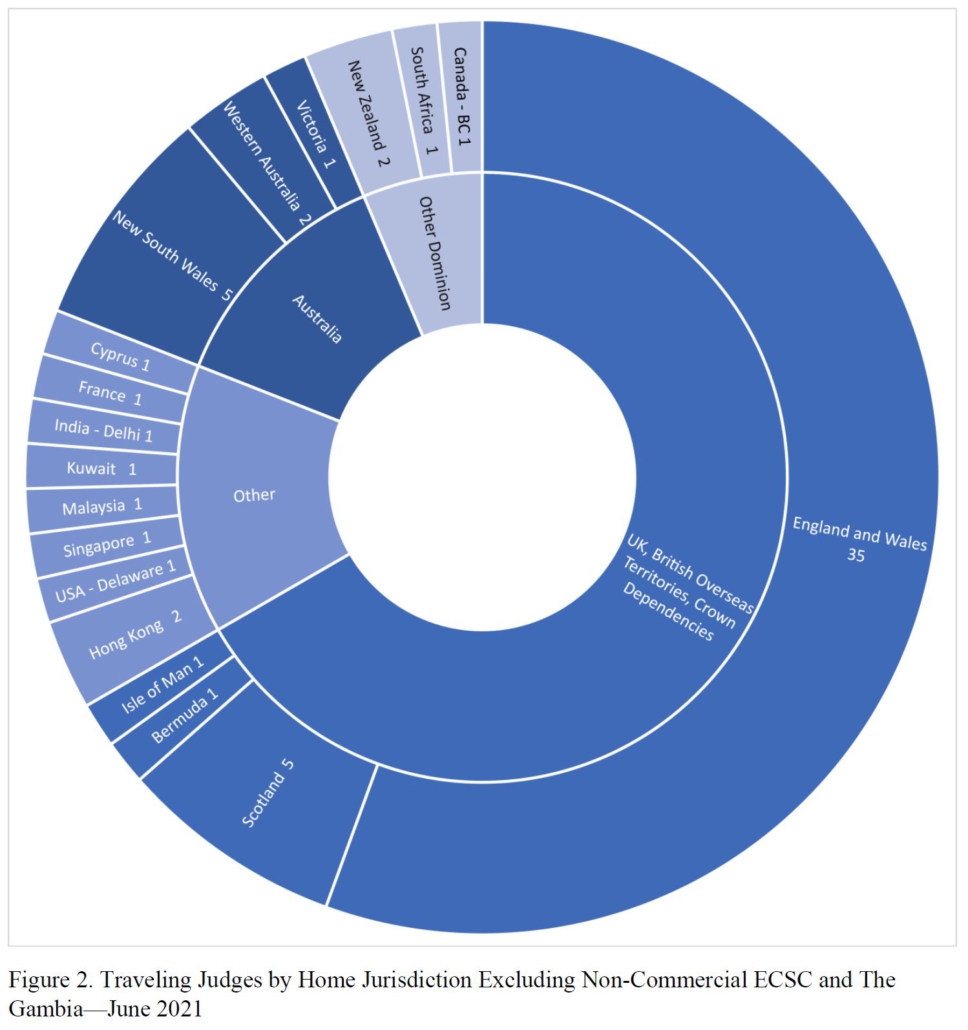Adoption of the ‘Lisbon Guidelines on Privacy’ at the 80th Biennial Conference of the International Law Association
On 23 June 2022, the Lisbon Guidelines on Privacy, drawn up by the ILA Committee on the Protection of Privacy in Private International and Procedural Law, were formally endorsed by the International Law Association at the 80th ILA Biennial Conference, hosted in Lisbon (Portugal).
The Committee was established in 2013 further to the proposal of Prof. Dr. Dres. h.c. Burkhard Hess (Director at the Max Planck Institute Luxembourg) to create a forum on the protection of privacy in the context of private international and procedural law. Prof. Dr. Dres. h.c. Burkhard Hess chaired the Committee, and Prof. Dr. Jan von Hein (Albert-Ludwigs-Universität Freiburg) and Dr. Cristina M. Mariottini (Max Planck Institute Luxembourg) were the co-rapporteurs.
In accordance with the mandate conferred by the International Law Association, the Committee – which comprised experts from Australia, Austria, Belgium, Brazil, Croatia, France, Germany, Italy, Japan, the Republic of Korea, Luxembourg, Portugal, Spain, the United Kingdom, and the United States of America – focussed on the promotion of international co-operation and the contribution to predictability on issues of jurisdiction, applicable law, and circulation of judgments in privacy (including defamation) matters, taking into account, i.a., questions of fundamental rights. In this framework, the Committee expanded its analysis also to the questions arising from the interface of privacy with personal data protection.
The Guidelines are premised on two fundamental principles: notably, (i) foreseeability of jurisdiction, and (ii) parallelism between jurisdiction and applicable law. They are accompanied by a detailed Article-by-Article Commentary, which provides a comprehensive analysis of the Guidelines, complemented by examples, including illustrations taken from copious national, regional and supranational jurisprudence.
Overall, the Committee took note of the fact that, in spite of the differences between legal systems, constitutional values play a major role in the legal treatment of privacy. In particular, substantial layers of public law enter into the equation of private enforcement of privacy. This notion and the limits that stem from the impact that such layers of public law forcibly have on claims must be taken into due consideration with respect to the jurisdiction as well as to the law applicable to these claims and bear a remarkable impact on the subsequent eligibility of privacy judgments for circulation.
Against this background, the Committee proceeded to design a system based, in essence and subject to substantiated exceptions, on the foreseeability of jurisdiction and a principled parallelism between jurisdiction and applicable law. The latter approach has the advantage of saving time and costs, but must be balanced against the danger of forum shopping. In so far, the approach of the Guidelines (Article 7) distinguishes between jurisdiction based on the defendant’s conduct (Article 3) and jurisdiction localized at the defendant’s habitual residence (Article 4). While a defendant’s conduct that is significant for establishing jurisdiction will usually also indicate a sufficiently close connection for choice-of-law purposes, the general jurisdiction at the defendant’s habitual residence is rather neutral in this regard and thus complemented by a specific conflicts rule. Moreover, a necessary degree of flexibility is introduced by providing for party autonomy (Article 9) and an escape clause (Article 8). In order to take into account that personality rights and privacy protection are rooted in constitutional values, Article 11 contains a provision on public policy and overriding mandatory rules.
The Committee was cognizant that, to date, the recognition and enforcement of a foreign judgment on privacy rights is a matter primarily governed by national law. In response to this status quo, the Guidelines design a system for the recognition and enforcement of foreign privacy judgments that pursues consistency and continuity (esp. Article 12) with the rules on jurisdiction while also taking into account the characteristic objections to and obstacles that in many instances preclude the circulation of judgments that fall in the scope of the Guidelines (Article 13).
The adoption of the Guidelines marks the completion of the Committee’s mandate.


 Dear Friends and Colleagues,
Dear Friends and Colleagues,